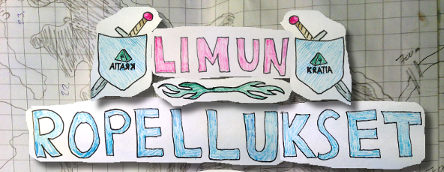The great modern fantasies were written out of religious, philosophical and psychological landscapes. They were sermons. They were metaphors. They were rhetoric. They were books, which means that the one thing they actually weren’t was countries with people in them.
The commercial fantasy that has replaced them is often based on a mistaken attempt to literalise someone else’s metaphor, or realise someone else’s rhetorical imagery. For instance, the moment you begin to ask (or rather to answer) questions like, “Yes, but what did Sauron look like?”; or, “Just how might an Orc regiment organise itself?”; the moment you concern yourself with the economic geography of pseudo-feudal societies, with the real way to use swords, with the politics of courts, you have diluted the poetic power of Tolkien’s images. You have brought them under control. You have tamed, colonised and put your own cultural mark on them.
Literalisation is important to both writers and readers of commercial fantasy. The apparent depth of the great fantasy inscapes—their appearance of being a whole world–is exhilarating: but that very depth creates anxiety. The revisionist wants to learn to operate in the inscape: this relieves anxiety and reasserts a sense of control over “Tolkien’s World.”
Given this, another trajectory (reflecting, of course, another invitation to consume) immediately presents itself: the relationship between fantasy and games—medieval re-enactment societies, role-play, and computer games. Games are centred on control. “Re-enactment” is essentially revision, which is essentially reassertion of control, or domestication. (The “defusing sequels” produced by Hollywood have the same effect: as in Aliens, in which the original insuperable threat is diminished, the paranoid inscape colonised. Life with the alien is difficult, but—thanks to our nukes and our angry motherhood no longer so impossible as it seemed.)
“What would it be really like to live in the world of…?” is an inappropriate question, a category error. You understand this immediately you ask it of the inscape of, say, Samuel Beckett or Wyndham Lewis. I didn’t want it asked (and I certainly didn’t want it answered) of Viriconium, so I made that world increasingly shifting and complex. You can not learn its rules. More importantly, Viriconium is never the same place twice. That is because—like Middle-Earth—it is not a place. It is an attempt to animate the bill of goods on offer. Those goods, as in Tolkien or Moorcock, Disney or Kafka, Le Guin or Wolfe, are ideological. “Viriconium” is a theory about the power-structures culture is designed to hide; an allegory of language, how it can only fail; the statement of a philosophical (not to say ethological) despair. At the same time it is an unashamed postmodern fiction of the heart, out of which all the values we yearn for most have been swept precisely so that we will try to put them back again (and, in that attempt, look at them afresh). – M. John Harrison 2001 / fantasticmetropolis.com (copy at warwick.ac.uk)
